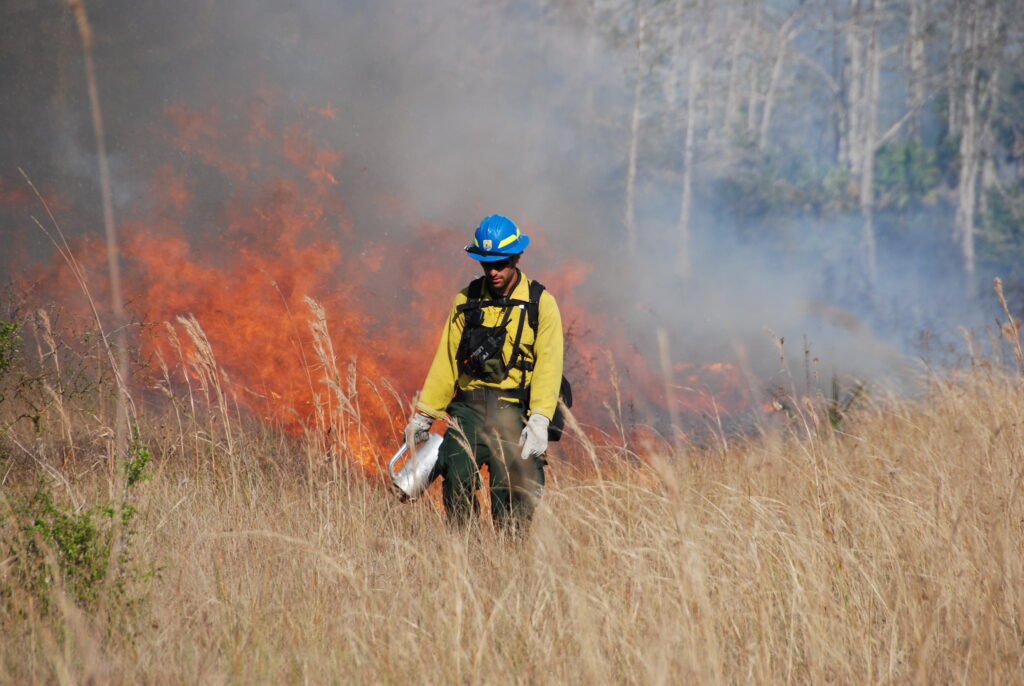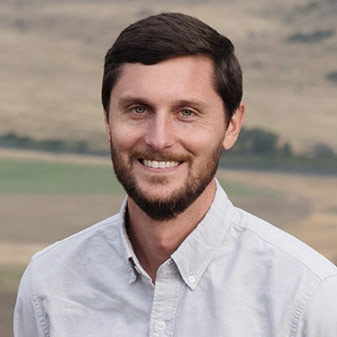This article was originally published in Reason.
The largest wildfire in New Mexico history was set by the federal government. In April, a prescribed burn carried out by the U.S. Forest Service escaped about four hours after being set. The fire was intended to reduce hazardous fuels and the risk of wildfire, but it became a conflagration that burned more than 340,000 acres.
The Forest Service made many mistakes during the out-of-control burn, including following outdated plans, lacking sufficient manpower and other resources, and failing to monitor weather adequately or anticipate rapidly changing wind and humidity. There is no excuse for such negligence. Fire ecologists and forestry experts agree, however, that the pace and scale of prescribed fire use are nowhere near sufficient to combat growing wildfire risk. The federal government must search for ways to get more “good” fire on the ground when and where it can be done safely, and traditions in Southeastern states, as well as recent Western examples, offer lessons in that respect.
Fire has been used to help manage land across North America for thousands of years. Native American tribes from the Atlantic to the Pacific set fires to cultivate new growth of vegetation, clear travel corridors, and manage wild game. Today, the federal government is one of many entities that use prescribed fires — low-intensity burns planned in advance and set deliberately. The goal of many burns, particularly in the arid West, is to methodically eliminate fuels from grasslands and forests before a wildfire does so with much greater speed, intensity, and destruction.
“In some ways, the tribes handed a drip torch to the early settlers and landowners in the South,” says Morgan Varner, director of fire research at Tall Timbers Research Station in Tallahassee, Florida. Varner, who lived in California for eight years while a forestry professor, notes that southerners who took their lead from Native Americans generally were not concerned with wildfire risk. They instead used fire to aid the growth of timber and manage habitat for wildlife. Still, Varner jokes that after decades of prescribed fire use in the region “even Smokey would have said that prescribed fire is good.”
Western states, on the other hand, have not generally held on to the same traditions of beneficial fire. One recent study lamenting the lack of prescribed fire in the West found that between 1998 and 2018, 70 percent of all burning nationwide was carried out in the Southeast.
There are obviously drastic differences between East and West in terms of climate, topography, and other factors. But the prevalence of public land in Western states may also help explain some of the discrepancy in fire use. The federal government has aggressively suppressed all fires for decades, an approach that included outlawing “cultural burning” by tribes in the early 20th century. One consequence of curbing the use of fire for so long is that fuels have accumulated in federal forests across the country, most of which are in the West.
When the Forest Service wants to remove those built-up fuels, it takes years to even get started, partly due to bureaucratic red tape. Recent research from my organization, the Property and Environment Research Center (PERC), found that once the agency begins the environmental review process, it takes an average of nearly five years to implement a prescribed burn.
Many Southern states have made legislative changes to promote and decentralize the use of prescribed fire. Florida led the charge, crafting policies in the 1990s to encourage burning by private property owners and other land managers. That experience is beginning to inform some Western states’ approaches to grappling with wildfire risk.
California has made several recent policy changes aimed at boosting prescribed fire use, and in March the state released a broad plan to expand the use of beneficial fire. One aim is to make it easier to get approval for a prescribed burn, an unpredictable process that can take months. In Florida and many of its neighboring states, assuming good burn weather, a burner can get permitted over the phone in minutes.
Before 1800, an estimated 4.5 million acres were burned each year in California, including many fires set by Native Americans or ones that they managed after lightning ignitions. Only about 125,000 acres are burned with beneficial fire in the state each year today. Despite being less than half the size of California, Florida burns 2 million acres annually.
One domain where beneficial fire has been regularly used in the West is national parks. In recent weeks, Yosemite National Park has garnered headlines due to a wildfire threatening 2,000-year-old giant sequoias. During the previous two fire seasons, wildfires decimated sequoias elsewhere in California’s Sierra Nevadas. But the lesson in Yosemite this summer so far has been a positive one. Five decades of routine prescribed fire in the sequoia groves have removed dead trees and other forest debris, meaning the recent wildfire has for now skirted and spared the giants—avoiding catastrophe.
In contrast to the emphasis on fire suppression of the past, there’s increasing acknowledgment by federal officials and legislators that preventative, beneficial fire can help reduce wildfire risk. The Biden administration has an ambitious plan to “confront the wildfire crisis” by helping treat an additional 50 million acres of public and private land to slash fire risk. It recognizes that prescribed burns will have to be a crucial component. Likewise, two bipartisan bills—the Resilient Federal Forests Act and the Save Our Sequoias Act—aim to expand the use of prescribed fires by simplifying and expediting environmental reviews.
While the dangers of an escaped fire like the one in New Mexico are real, such disasters have mercifully been few and far between. Fire experts routinely note that less than 1 percent of prescribed burns have escaped. One recent meta-review of 23,050 prescribed burns covering 3.7 million acres found that 199 escaped—leaving 99.1 percent that did not. In their review of that data set, the researchers found one reported injury, which was minor, and one insurance claim related to an escaped fire, for less than $5,000
Stories do not generally get written about the tens of thousands of prescribed burns that go off without a hitch. For the Forest Service to address the 63 million acres it manages that are at high risk of wildfire, replicating such safe “good” fires needs to be a part of the plan.




